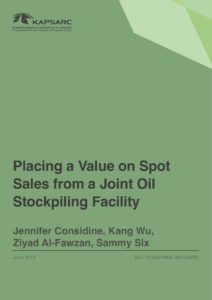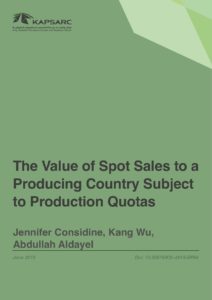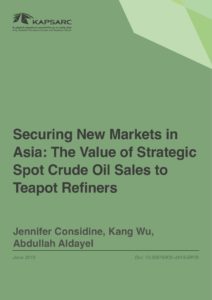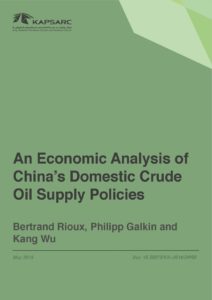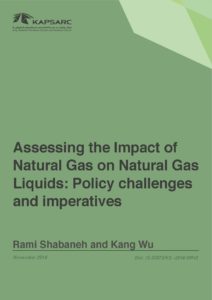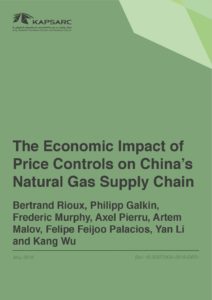Kang is the program director for Markets and Industrial Development at KAPSARC, with many years of energy research and consulting experience. His ongoing research covers a variety of issues related to economic, energy (particularly oil and gas) and environmental developments in China and the rest of the Asia-Pacific region. Kang speaks at international conferences, forums, workshops and training programs, and his research has been cited by international media, including Time magazine, the Wall Street Journal, New York Times, the Asian Wall Street Journal, International Herald Tribune, Far Eastern Economic Review, Financial Times, Reuters, Voice of America, BBC, CNBC and others. In 2003,
Kang testified before the U.S.-China Economic and Security Review Commission on Capitol Hill in Washington, D.C. on the impact of China’s energy sector and market developments on the rest of the world. He is the author and co-author of numerous company studies, journal articles, research papers, project reports, books, chapters and other publications.

